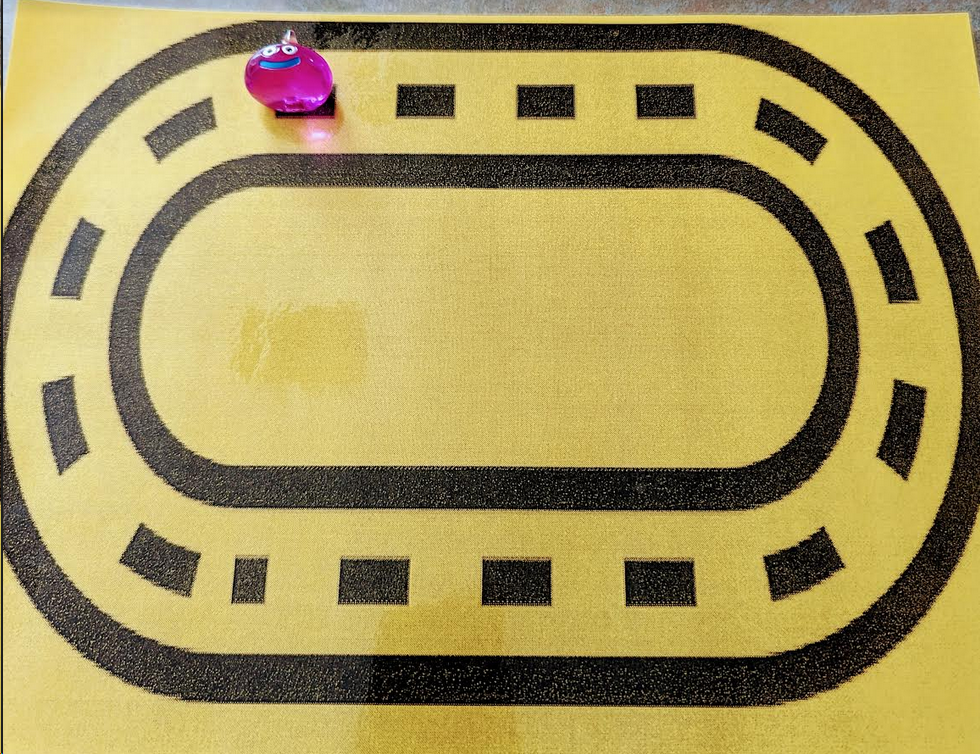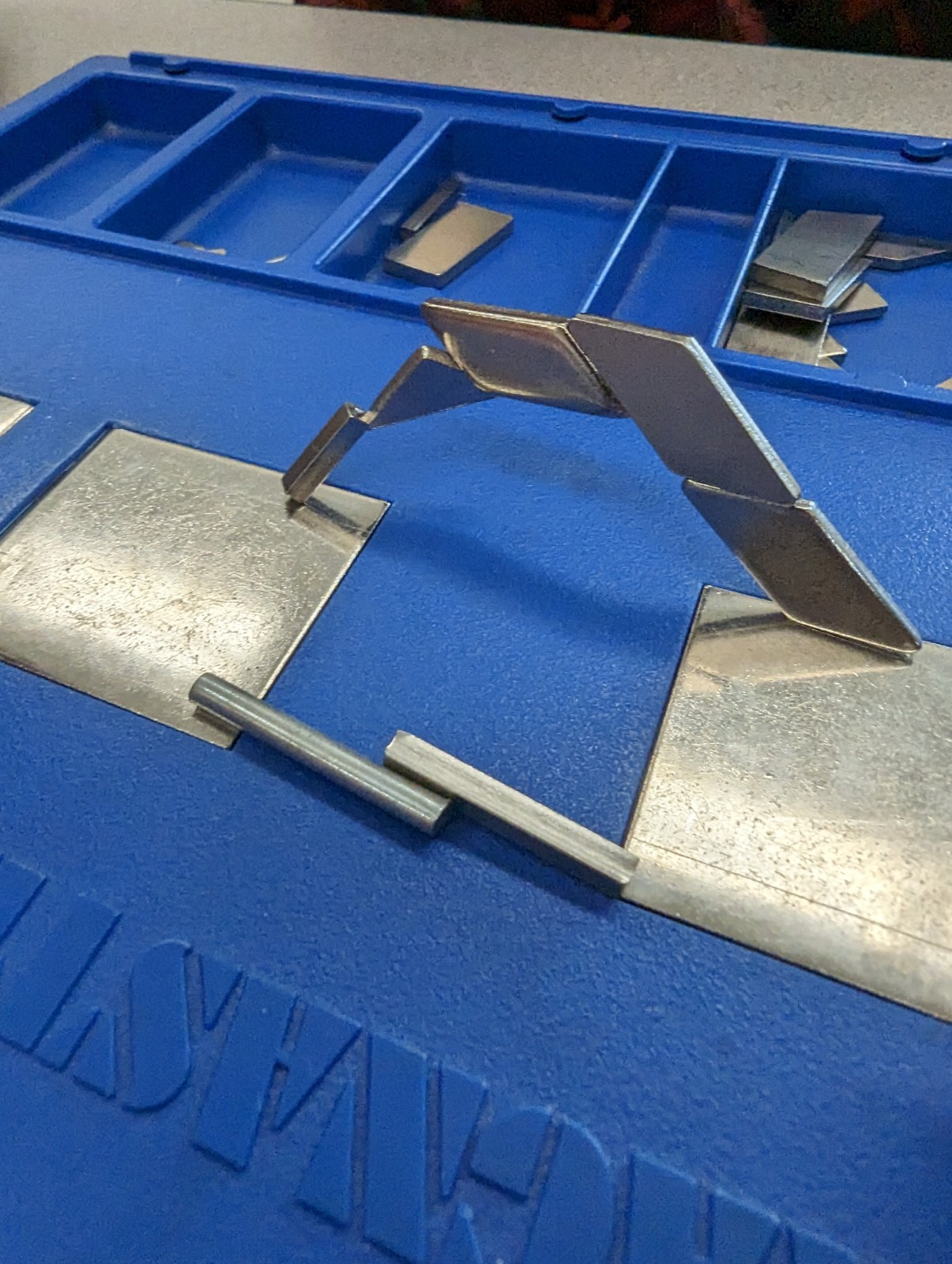Educators demonstrate a broad knowledge base and an understanding of areas they teach.
Thanks to my UNBC program, I am well-versed in understanding the Big ideas, Core competencies and the BC Curriculum Content.
During my final practicum, my lesson unit plans for Math and Science specifically targeted new areas of learning for my students. However, this was a challenge, as only a quarter of the class was ready to move onto the next step in Math due to low numeracy skills. FPPL states, “learning takes patience and time.” While I initially wanted to move to subtraction by the end of my practicum, it was evident the students still need to practice their addition when adding numbers to ten, to build their number fluency and mental math skills. My level of Math is far exceeding the elementary level, but I feel it is important to try and distill the concepts and let students try various ways of solving problems. It is equally important to provide students a path to success. For Valentine’s Day, I designed a way to visually practice decomposing 5s or 10s which mapped the two addends and their sum.

For my Science unit, students explored the properties of everyday objects and the specific effects of magnetism. This was perhaps the must exciting and engaging of all my lessons for the class. Magnets are magic in the eyes of kindergarten kids, and I loved letting them explore through play and experiments. My first lesson introduced magnets and magnetism, and students would use fishing rods (rulers with magnets to try to pick up everyday objects). They would first predict if it could be picked up, and then try to do so. Some metals like aluminum are not magnetic so some students ran to me when they could not pick up the metal key exclaiming, “Mr. Georges! My magnet is broken!” Through play, students learned how magnet poles attract or repel each other. One student even discovered that he could make a paperclip become magnetic!
Through guided discovery learning students had magnetic Slime races, magnetic fishing for paper clips, and exploring how the magnetic North and South poles work. Students also were given time for play with the magnets to make their own sculptures and objects.
Here are the links to the K — Science Unit Plan and its Lesson Plan:
K — Science Unit Plan — Magnetism
http://egeorges.opened.ca/wp-content/uploads/sites/3572/2023/04/Science-K-UNBC-Unit-Plan-Mar-2023-Magnetism-EGEORGES.pdf
K — Science — Discovery Lesson : Magnetism
http://egeorges.opened.ca/wp-content/uploads/sites/3572/2023/04/EGEORGES-Science-Lesson2-UNBC.Lesson-Magnetism.2023-Prior-Reflection.pdf











